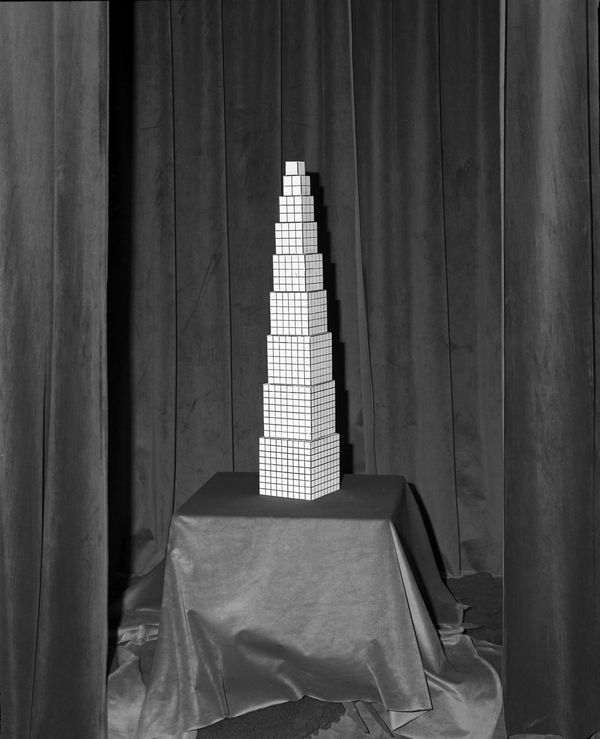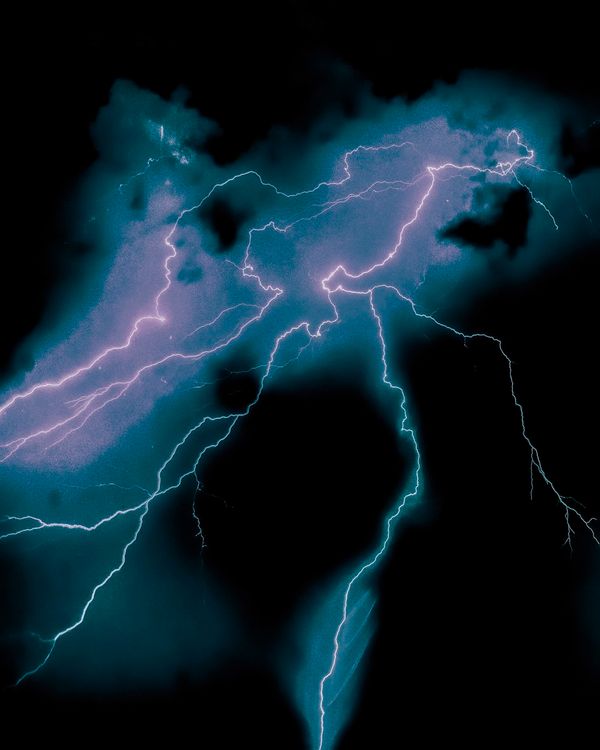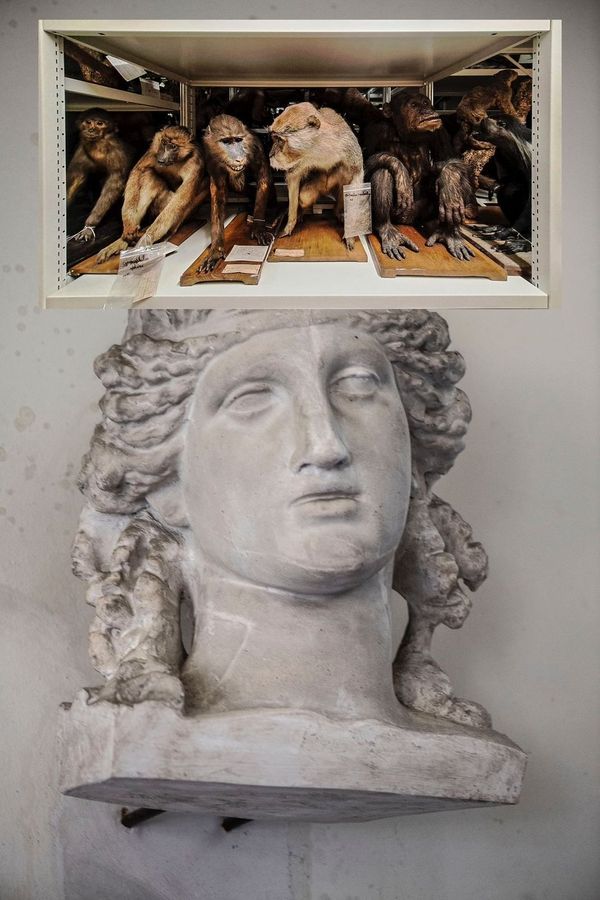Bienal'25 Fotografia do Porto
-
Opens15 May 2025
-
Ends29 Jun 2025
-
Link
-
Author
- Location Porto, Portugal
With a program including 16 exhibitions with 51 artists and 14 curators, the Bienal Fotografia do Porto focuses on the theme Tomorrow Today / Amanhã Hoje, promoting critical reflection and situated action rooted in the present.
Overview
Tomorrow Today imagines a more regenerative and interdependent world, calling for artistic and collaborative practices that engage with the urgencies of the present while rehearsing possible futures. The Bienal positions itself as a platform for study and experimentation, fostering encounters between artists, curators, and cultural, social, and governmental organisations at the intersection of artistic research, curatorial practice, and public engagement.
The programme is structured around four interconnected platforms — CONECTAR (to bridge, to exchange), SUSTENTAR (to sustain, to preserve), VIVIFICAR (to live, to stay), and EXPANDIR (to expand, to grow) — which serve as zones of enquiry for exhibitions, residencies, collaborative research, and territorial mediation. Through these platforms, the Bienal hosts practices that traverse rural and urban territories, local communities and international networks, advancing plural ways of engaging with image-making, ecology, technology, memory, and affect. Between gestures of listening, speculative approaches, and situated pedagogies, Bienal’25 Fotografia do Porto cultivates a present that is attentive, critical, and oriented towards what is yet to come.
CONECTAR initiates international dialogue and fosters partnerships that bring together diverse artistic ecosystems. Lightseekers explores photography’s entanglement with spiritual and political revelation through the lenses of five contemporary artists — Claudia Andujar, Pariacaca, Hoda Afshar, Christo Geoghegan and Smith — each engaging with erased histories, acts of resistance to colonial legacies, and visionary or ritual practices. In Depth of Field, Mónica de Miranda examines emergent landscapes as a means to reimagine historical narratives and propose alternative futures. Kathrin Stumreich’s Mid-air Collisions interrogates the ecological implications of concentrated solar power infrastructures, while Luca Locatelli’s Future Studies questions dominant paradigms of growth and humanity’s evolving relationship with technology and the natural world. Sara Orsi’s Open Structures exposes how digital architectures can reproduce exclusion, particularly for marginalized communities. Artist Sofia Borges residency sited in the collections of the Museum of Natural History and Science and the Faculty of Fine Arts of the University of Porto. Her exhibition and performance, Peles de Imagens Espelhos Luminosos., a critical and poetic reflection on time, memory and representation.
SUSTENTAR investigates ecological and social sustainability across four distinct territories in Portugal. Carlos Trancoso’s Urbanarium responds to Porto BioLab, a forest-based laboratory designed to optimise ecosystem services to support the urban community. In Rhizomes, Joana Dionísio explores grassroots activism within the Algarvensis Geopark, positioning local engagement as a means to bridge environmental and social sustainability. Catarina Braga’s Practices of Living Archive, developed at Casa de Mateus in dialogue with the School of Transitions project, translates scientific research into digital visual forms, revealing the complex entanglements between biodiversity and technology. Gonçalo C. Silva's, A Lake Above the Desert contemplates the uneasy coexistence of natural and artificial dimensions in Europe's largest human- made lake, where submerged histories meet the advancing reality of climate-induced aridity.
The ViViFICAR project connects artists-in-residence with rural communities in the Douro region through participatory creation, engaging with themes such as human-nature relations, land sustainability, migration and identity. The Season of Cherries resulted from Lara Jacinto's residency in Sabrosa that foregrounds recently arrived migrant communities from Europe and Asia, set against a landscape historically shaped by emigration. In Torre de Moncorvo, Augusto Brázio’s Incision explores the question of the human sense of belonging within the surrounding ecosystem. James Newitt’s video installation Raw Material, developed in Mêda, reflects on mining and agricultural practices as metaphors through which to navigate temporal layers of the past, present and imagined futures.
EXPANDIR supports the development of projects and exhibition productions by emerging artists whose work interweaves social and environmental structures, probing the intersections of technology, ecology, and human resilience. In The Extraterritoriality Of Toxicity, students from the Royal College of Art, London investigate the impact of artificial toxicity on both human and non-human bodies, using the Douro River as a fluid archive of post-natural relations. Ties that Bind— a travelling exhibition presented in collaboration with FUTURES, the European Union’s photography platform — explores contemporary forms of belonging, kinship, and connection. Dev Dhunsi, Ihar Hancharuk, Jan Durina, Donja Nasseri, Sheung Yiu, Angyvir Padilla and Sasha Chaika navigate these shifting dynamics, revisiting affective, territorial, and technological bonds in an effort to reconcile with our fractured realities. Odair Rocha Monteiro’s I Don't See Colour interrogates the myth of racial neutrality, drawing on visual and cinematic codes to raise new questions about perception and positionality. Students from the University of South Wales Master of Art in Documentary Photography program contribute with In Your Head: Works-Concepts-Processes, an exhibition that embraces a playful and open- ended approach to photography — at times introspective and intimate, while at others monumental and outward-facing. In co-creation with young people from Porto’s Pasteleira neighbourhood, Paula Preto developed the With the Beautiful Images of What Has Disappeared, forming part of the Bienal'25 Fotografia do Porto’s public mediation programme.


